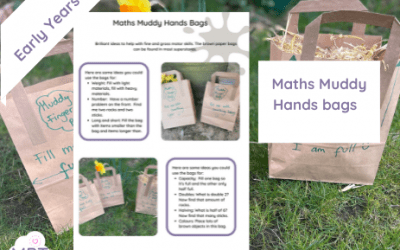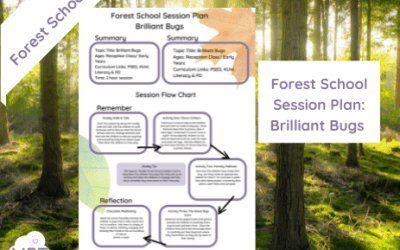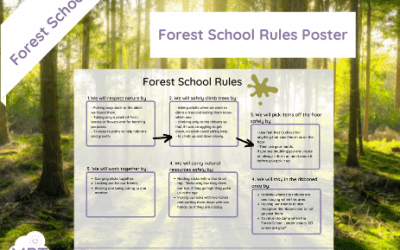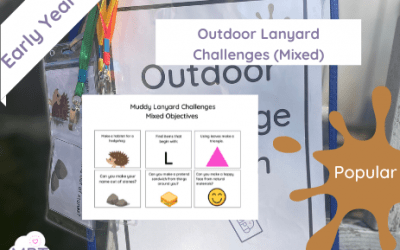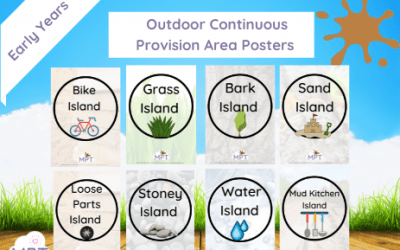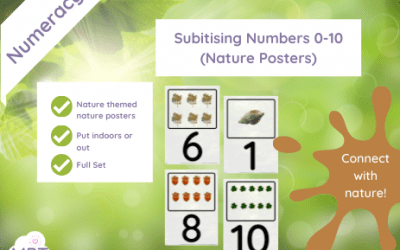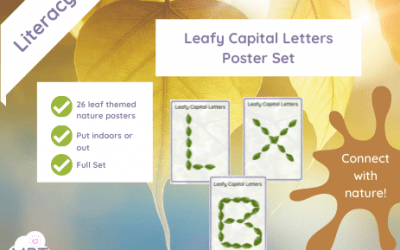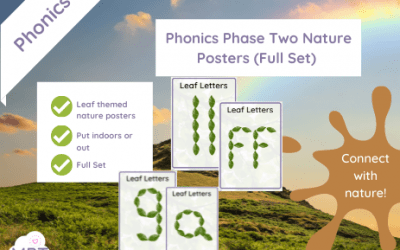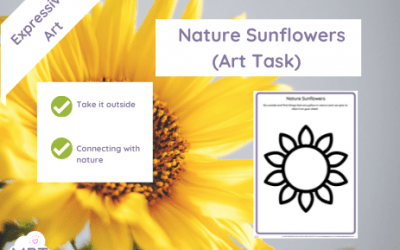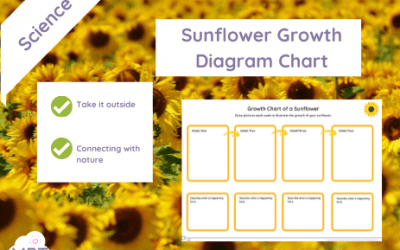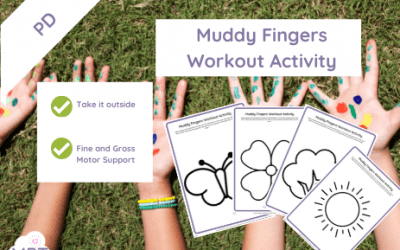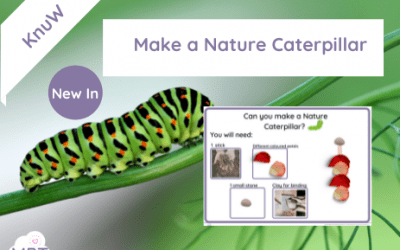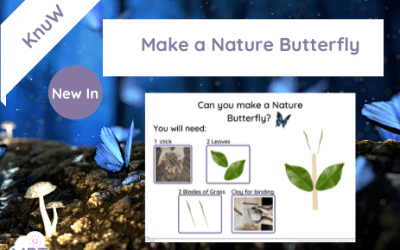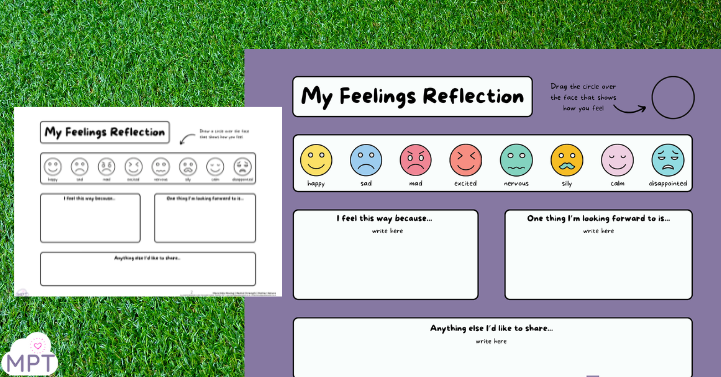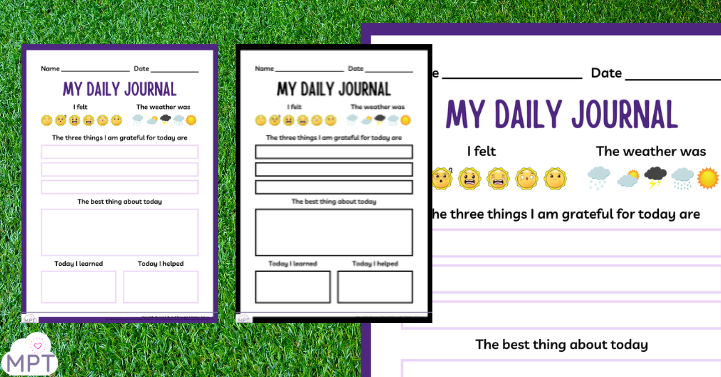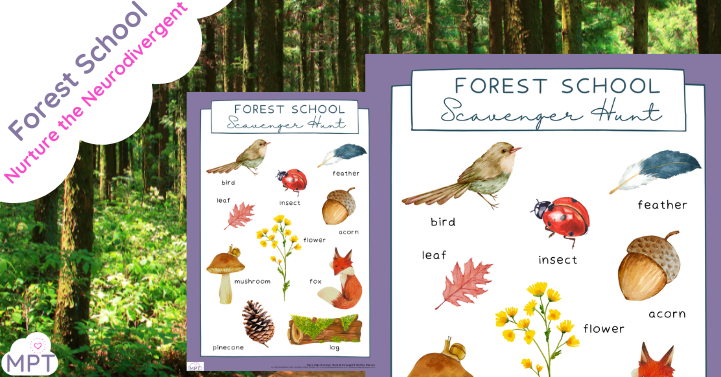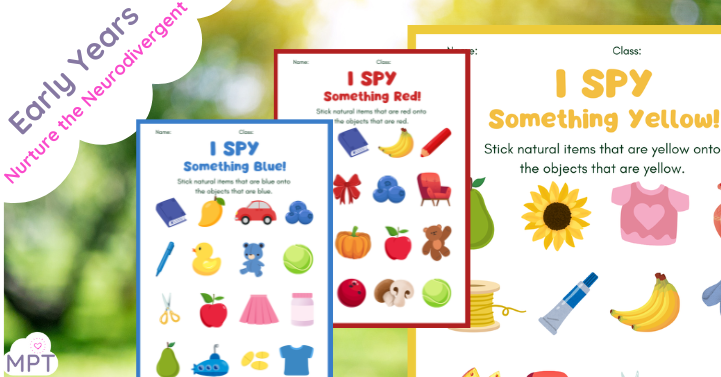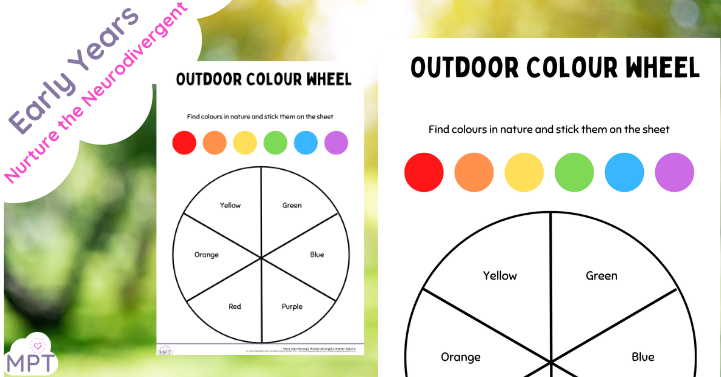Use Nature Easter Eggs to enhance your outdoor learning, find more outdoor learning resources under your year group...
Muddy Hands Bags (Maths)
Mar 28, 2022
Time to get those little hands muddy with these innovative ideas for great fine and gross motor practice.
Forest School Session Plan – Brilliant Bugs
Mar 28, 2022
Forest School the Muddy Way! Use some of our Forest School resources to help us do the work so you get to play! Use...
Forest School Rules Poster
Mar 28, 2022
We make Forest Schools easier for you by doing all the work for you so you can make more of the FUN! Use this poster...
Outdoor Lanyard Challenges (Independence Skills)
Mar 23, 2022
Use Outdoor Lanyard Challenges to get more independent skills outside. These easy to use resources make a great...
Muddy Kitchen (Themed Posters)
Mar 18, 2022
Try some of our resources for Free. Sign up to our free outdoor learning membership here.
Outdoor Continuous Provision Area Posters
Mar 18, 2022
Wow! Let us help you organise your outdoor area with these amazing downloadable posters. Laminate and display outside...
Subitising Numbers 0-10 (Nature Posters)
Mar 17, 2022
Use a bit of muddy inspiration and take some of your posters outside! Subitising Numbers 0-10 (Nature Posters) will...
Leafy Capital Letters Posters
Mar 16, 2022
Use Leafy Capital Letters Posters to help enhance your outdoor provision with these nature-based resources.
Phonics Phase Two Nature Posters (Full Set)
Mar 16, 2022
Use this wonderful pack of nature posters to display phase two phonics sounds in your area! Top tip if you're using...
Muddy Spellings Test (Outdoor Game)
Mar 16, 2022
Is time for you to take your spellings outside? Muddy Spellings Test (Outdoor Game) is a must for all KS1 and KS2...
Nature Sunflowers (Art Task)
Mar 8, 2022
Use this fantastic resource to create some Nature Sunflowers (Art Task). The children use natural resources and this...
Sunflower Growth Diagram Chart
Mar 8, 2022
Use Sunflower Growth Diagram Chart to celebrate Sunflower Day or to form part of your Science topic work.
Muddy Fingers Workout Activity
Mar 8, 2022
Use these amazing outdoor worksheets to gibe those tiny Muddy Fingers a Workout! Early Years Outdoor learning for...
Transport Tally (Maths)
Mar 7, 2022
Do you have a transport topic? Why not monitor the traffic and learn how to tally at the same time!
Pebble Mat (Tuff Spot) Set One Phase Two Phonics
Mar 7, 2022
Use Pebble Mat (Tuff Spot) Set One Phase Two Phonics to get some quality and rich phonics learning happening outside...
How to make a Nature Caterpillar (Tuff Spot)
Mar 7, 2022
Such a simple but much-loved activity. Children follow the instructions as they make their very own Nature...
Make a Nature Butterfly (Tuff Spot)
Mar 7, 2022
Make a Nature butterfly follow instructions and use nature to create a beautiful bit of art. Outdoor learning for...



